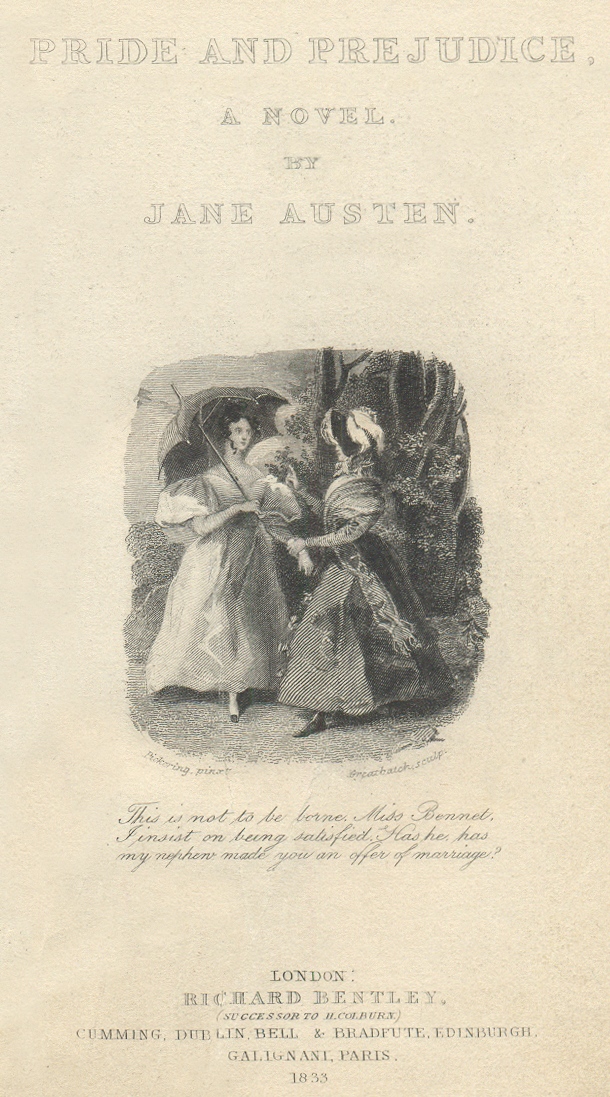 |
| Click image to see price on Amazon |
Anne Rice’s novel, Taltos is centered on a family of
witches and a near extinct race of human-like beings, called the Taltos. Taltos is the final installment of the
Mayfair witch trilogy. This novel successfully wraps up the two previous novels
while introducing new characters and a fresh plot. Taltos can be read as a stand-alone novel, but readers who have
read The Witching Hour and Lasher will have a better understanding
of it.
The Taltos are a race of giants
that reach their full size within a few hours of birth. They are nearly
extinct, but two witches that mate and have the right genetics may produce a
Taltos. This is unheard of until Rowan gives birth to Lasher at the end of The Witching Hour. Lasher is actually
the ghost of a Taltos that has been haunting the Mayfair’s for centuries and
has managed to possess Rowan’s baby.
In the following novel, titled Lasher, Rowan is forced by her possessed
offspring to produce yet another one of these beings. Birthing the Taltos takes
a toll on Rowan’s health and she becomes very sick by the end of the novel. In
the end, Rowan's husband Michael kills Lasher and Rowan herself kills her other
offspring.
In the beginning of Taltos, Rowan is unwilling to speak. She
spends her days at the Mayfair mansion, staring off into space. Rowan
eventually snaps out of it when she discovers that her friend Aaron has been
murdered. Rowan also comes to the realization that her thirteen-year-old
cousin, Mona is pregnant with Michael’s child. This causes the Mayfairs
considerable concern as Michael was the man who fathered Lasher and Mona is
capable of bearing a Taltos.
Rowan decides to take Michael on
a trip to avenge Aaron’s death, not knowing what is to become of Mona and the
baby. The Mayfairs discover that members of Aaron’s scholarly order, the
Talamasca, may have been responsible for his death. Rowan is determined to find
these men and bring them to justice. At
the outset of their search, they discover another Taltos by the name of Ashlar.
Until this point it is believed
that the Taltos had been completely wiped out. It turns out that Ashlar has
walked the Earth since before mankind and he knows first-hand the history of the Taltos. He joins Rowan and
Michael on their quest. He is convinced that there are only a few members of
the Talamasca involved.
The trio soon becomes friends
and they are able to restore order in the Talamasca and avenge Aaron’s death.
After the adventure is over, Ashlar decides to tell his new friends the long,
sad story of his life.
Ashlar tells the story of how
his native land was destroyed by a natural disaster and how his people were
forced to move to colder climes, specifically Europe. Ashlar becomes the leader
and hero of his people. They begin building stone circles and eventually
Stonehenge itself. Some time later the Taltos begin warring with the humans.
The Taltos are unable to defend themselves and
are forced into hiding. Ashlar remains their leader, and the race is eventually
able to disguise themselves among humans. Ashlar later finds religion and aids
in the slaughter of those Taltos who would not convert to Christianity. He is
tormented by his mistake and cursed by his people. Over time the entire race
appears to be wiped out and Ashlar spends centuries searching for others like
him. He was painfully lonely, but successful at passing for human.
While Ashlar is in New York
telling this story to Rowan and Michael, Mona gives birth to a female Taltos,
named Morrigan, in New Orleans. Rowan and Michael return home a few days later
and discover what has happened. They decide to keep Morrigan a secret from
Ashlar until she is older. Five days later, Ashlar begins missing his new
friends and decides to stop in for a visit. He sees Morrigan. The two run away
together immediately. Rowan and Michael appear to understand, but Mona is
devastated.
Taltos is far more in depth and intricate than can possibly be
conveyed here. Anne Rice did a magnificent job of constructing the plot and
characters of Taltos. Once again Anne
leaves her readers wishing that her book was just a little longer.
Shelly Barclay
